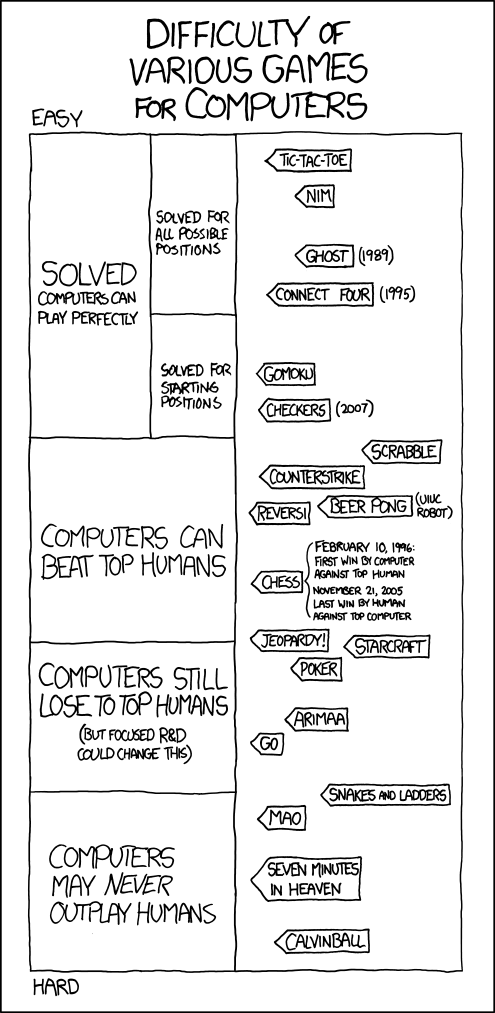Read more of this story at Slashdot.
Friday, January 13, 2012
Code Cleanup Culls LibreOffice Cruft
TED: Drew Berry: Animations of unseeable biology - Drew Berry (2011)
Thursday, January 12, 2012
Wednesday, January 11, 2012
Tuesday, January 10, 2012
Lister on 1/10/2012 15:00
These days it seems tricky to make predictions more than a few years into the future, other than that we are legally guaranteed to have hoverboards in three years’ time. Try to guess a century in advance and you’re on to a tough task. But one writer in 1900 certainly gave it a shot
In a lengthy article in The Ladies’ Home Journal , writer John Elfreth Watkins Jr put together a series of predictions for the United States that he expected to come true before the start of 2001. They were apparently based upon comments from “the wisest and most careful men in our greatest institutions of science and learning”, Watkins failing to predict the 20th century would at least see some strides towards greater female participation in science and academia.
Some of the predictions are, even if not perfect in detail, close to accurate:
Open fires and chimneys will be replaced by home heating and air conditioning systems, with hot or cold air at the turn of a “spigot” (faucet or tap.)
Stores will buy food ingredients in bulk and prepare ready-cooked meals at cheap prices which people can reheat at home. Customers will also be able to get meals delivered by automobile. (That said, Watkins also suggested food could be delivered to homes via pneumatic tubes, and that customers would send back the crockery and cutlery when they finished eating.)
Color photos will be sent around the world, with images shot in China appearing in US newspapers within an hour.
Home screens will allow people to watch events from around the world in their living room (though Watkins foresaw the sound being delivered down the telephone.)
Wireless telephone systems will allow a husband in the middle of the Atlantic to speak to a wife at home in Chicago, and phone users will be able to dial direct.
Electricity will be used to provide light and heat to speed up the food growing process.
“Rays of invisible light” will allow doctors to examine internal organs.
Some are in fact understatements:
“The average American will live fifty years instead of thirty-five.” This is a slightly tricky subject as there’s a big difference between current average age of death, and expected lifespan for people born today. One source puts life expectancy in 1900 at 47.3 years, and 76.8 in 2000.
“The average American will be taller by from one to two inches” thanks to better health, nutrition and sanitation. In fact the average had increased by three inches by 1970 alone.
Some are at least overambitious:
“There will probably be from 350,000,000 to 500,000,000 people in America”. Not only was this overstated (the actual figure in 2000 was 281 million), but Watkins hadn’t put the figure down to increased life expectancy, child survival rates, or birth rates. Instead he believed Nicaragua and Mexico would both have joined the US, with other Central and South American countries following to escape European domination.
Coal will no longer be used for heating and cooking, with water-powered electricity generation doing the work.
Trains will travel between 120 and 150 miles per hour, getting from San Francisco to New York in 24 hours. (150mph is the peak on Amtrak’s fastest train, though averages are much lower and the trans-continental route takes three days.)
Car engines will weigh around one pound.
Watkins has a slight obsession with giant plants, suggesting strawberries as large as apples, cranberries as large as oranges, peas as large as beets, and roses the size of cabbage heads.
Oral drugs will be replaced with medicine being transmitted through the flesh via electric current.
And some are spectacularly wrong:
A move to phonetic spelling will mean C, X and Q are dropped from the alphabet, while Russian will be the second most popular language in the country.
“Mosquitoes, house-flies, and roaches will have been practically exterminated.”
There’ll be no traffic on city streets, with vehicles either underground or on elevated roadways. As a result, cities “will be free from all noises.”
School sports and public gymnasiums will mean it’s perfectly normal for adults to walk 10 miles at a time.
Every man and woman will be able to get a free university education.
Monday, January 09, 2012
Sunday, January 08, 2012
Lower Limit Found For Sudoku Puzzle Clues
Read more of this story at Slashdot.




